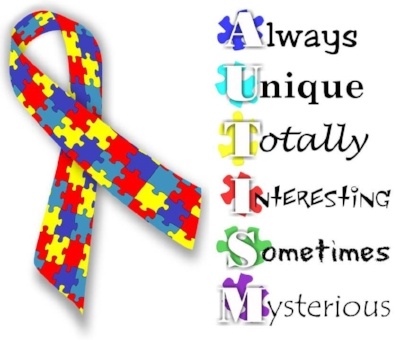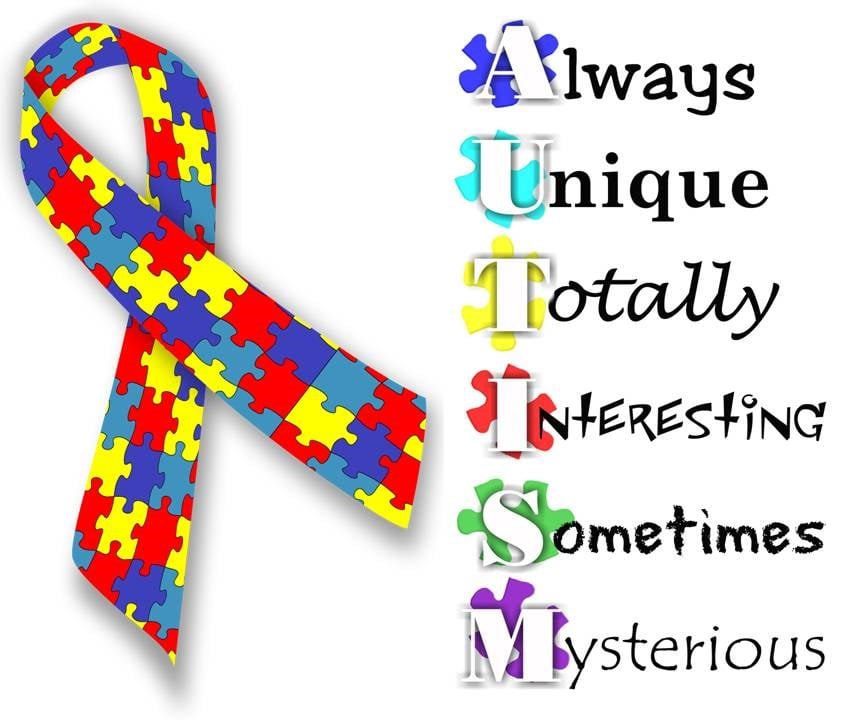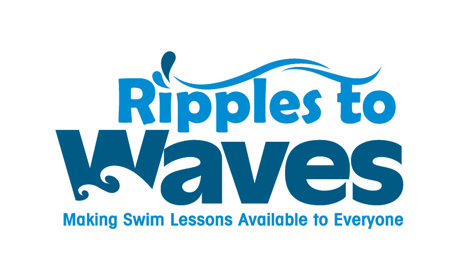
It is truly important to Brian and me at SafeSplash-Austin that we can help EVERYONE learn how to swim, regardless of their fears or challenges. Autism is a complicated and often misunderstood disease that can isolate children and keep them from taking part in activities that many of us take for granted. Every child on this planet is unique and has their own strengths and weaknesses. The same is so for children with ASD (Autism Spectrum Disorder). While their condition may make it a bit more difficult to discover what makes them tick, that extra investment of time and patience is well worth the effort.
What can you do to help?
According to Autism Speaks, a leading Autism Advocacy group, the best thing is to teach your children to INCLUDE, COMMUNICATE, UNDERSTAND, and RESPECT.

INCLUDE
■ Take the initiative to include them - they may desperately want to be included and may not know how to ask. Be specific about what you want him/her to do.
■ Find common interests - It will be much easier to talk about or share something you both like to do (movies, sports, music, books, TV shows, etc.).
■ Encourage them to try new things because sometimes he/she may be afraid to try new stuff.
■ Don’t ignore them, even if you think he/she doesn’t notice you.
COMMUNICATE
■ Communicate clearly - Speak at a reasonable speed and volume. It might be helpful to use short sentences. Use gestures, pictures, and facial expressions to help communicate. Speak literally – do not use confusing figures of speech (He or she may truthfully tell you, “the sky” if you ask “What’s up?”).
■ Give feedback - If your friend with autism is doing something inappropriate, it’s OK to tell them nicely. Just be sure to also tell him/her what the right thing to do is because they may not know.
■ Take time to say ‘hi’ whenever you see him or her. Even when you’re in a hurry and pass them in the hall, just saying ‘hi’ is nice.
■ Be persistent and patient - Remember that your friend with autism may take more time to respond than other people. It doesn’t necessarily mean they aren’t interested.
UNDERSTAND
■ Remember sensory sensitivity - Your friend may be very uncomfortable in certain situations or places (crowds, noisy areas, etc.). Ask if they are OK. Sometimes he/she may need a break.
■ Ask questions. There is a reason kids do things. If you figure it out, you might be able to help him/her.
■ If your friend with autism is ‘freaking out,’ it’s probably because they are trying to communicate something, not because they are just being weird. Something might really be bothering him/her or they might be afraid or frustrated and unable to communicate about it. Try to understand. Ask a teacher or another adult for help.
RESPECT
■ Accept his or her differences and respect strengths just as you would for any friend.
■ Don’t be afraid - Your friend is just a kid like you who needs a little help.
■ Stand up for them - If you see someone teasing or bullying a friend with autism, take a stand and tell the person that it’s not cool. Don’t tease. Sometimes he/she may not understand the teasing or sometimes they may think you are being friendly when you really are not. If other kids tease him, pull them aside and tell them to stop. If you are concerned they are being bullied, tell a teacher or an aide.
■ Be helpful, but don’t be too helpful. If you’re too helpful, it may make him/her feel more different. Let them try to do it first by themselves, then help out if he/she needs it. Ask them to do things with you, but don’t just explain it to him/her; show them what to do so they can imitate you.
■ Say something to him or her when they do good things. You can cheer, give ‘high-fives’ or just tell them ‘great work.’ He/she likes to be complimented, just like you do.
■ It’s OK to get frustrated with him or her sometimes or to want to play alone or with somebody else. If they won’t leave you alone after you’ve asked him nicely, tell a teacher or another adult who can help you.
■ Find something to like, a special skill to admire, or a special interest they have. Some kids with autism are great with math, spelling, or computers, or they have a great memory for the class schedule. Who knows? Maybe they will help you!
"School Community Tool Kit." Autism Speaks. N.p., 15 Aug. 2012. Web. 19 Apr. 2017.
https://www.autismspeaks.org/family-services/tool-kits/school-community-tool-kit
SafeSplash Swim School also sponsors families who cannot afford swim lessons through the Ripples to Waves program. If you would like to support the Ripples to Waves program, please find out more through clicking the image below! Thank you & Happy Swimming!


